You will use a lot of cooking oil if you have a kitchen. This might have major environmental consequences if improperly disposed of. Your building can also sustain damage as a result. For instance, the sinks could become clogged. This obstruction could cause a lot of bad odors to be released while also slowing drainage. The most effective solution to these issues is to recycle cooking oil. Let’s examine some advice you can employ to do this.
1. Avoid Pouring It Down the Sink
Let’s start with the main item you should steer clear of. Cooking oil should not be poured down the sink. This could lead to a number of issues. As we previously stated, it may clog the plumbing. You’ll have sluggish water drainage. The cost of attempting to clear these jams might be high. You may occasionally need to call a qualified plumber.
Cooking oil will also pass into the sewage system, where it may be released and harm local species. It will cause your city’s drains to clog once more. Now that you are aware of the mistakes to avoid making, let’s examine some of the finest practices for recycling cooking oil.
2. Install a Storage Unit
Installing a storage unit should come first. When you’re done using it, you can put the used oil in this unit. The kind of restaurant you operate will determine the kind of storage facility you need. In general, you should stay away from outdoor units because your personnel will need to transport the grease outside to the storage tub, which might be dangerous. It will also lessen your restaurant’s curb appeal. If you require an outside unit, you will need to maintain it secure, which frequently entails setting up a security camera and locking the unit.
Thankfully, the majority of eateries can offer a storage space inside. You can book a visit by calling our welcoming team. One of our representatives will visit your location to evaluate the size and placement of the storage unit. We’ll also assist you with installing the device. Despite the worries of many firms that this will be prohibitively expensive, this is not the case. Frequently, a minor cost is required to install the device. Grand Natural will continue to own the equipment, but you’ll be eligible for the entire reimbursement.
3. Transfer Oil to the Storage Tank
You must devise a method for transferring the oil into the tank after the tank has been installed. There are numerous methods you can accomplish this. The direct pump system, which helps automate the process and makes it as quick as possible, is frequently the best choice. Our staff members can assist you in locating and installing the ideal design.
4. Pump the Tank
Pumping the tank, which will remove all of the used cooking oil from the tank, completes the cooking oil recycling process. This stage frequently happens extremely rapidly. It won’t take more than 15 minutes. To minimize interference with your company, you can arrange when the pump operates. You may avoid problems from the tank getting too full by scheduling the pumps on a regular basis.
5. What Can You Do with Used Cooking Oil?
You may be curious what will happen to the oil when you remove it. The process of turning it into biodiesel is the most typical type of recycling. This service has a lot to offer. It’s more eco-friendly in the first place. It won’t emit as much emissions when burned. A variety of vehicles can use it as well. As an illustration, trucks and other business vehicles can use it. Additionally, it can be utilized in plants to run machines. Saving the company money is a huge additional advantage.
You might not be aware of several other applications for leftover cooking oil, though. For instance, it can be used to make animal food. Because cooking oil contains a sizable amount of protein, this service is important. Making soaps or lubricants out of cooking oil is another exciting possibility. Because they can help you save money, many manufacturers prefer to use these recycled materials.
6. Use It for Future Meals
There are several uses for reclaimed cooking oil. Reusing it can be one of the better choices. At the end of the day, add the used cooking oil to a jar to do this. You’ll need to pass it through a cheesecloth as you’re doing this. This choice will make sure you can collect the crumbs. When you’re prepared to resume cooking, add the oil to the pan. This can be a wise choice for a few different reasons. The major benefit is that you can flavor the food more.
7. Add It to Compost
The capability of adding oil to the compost is another choice that you could wish to investigate. Worms will be drawn to this choice, aiding in the organic components’ breakdown. The compost can then be applied to your garden. You’ll just need a little bit if you’re planning to do this. If you use too much, you might kill the earthworms.
Conclusion
Cooking oil recycling doesn’t have to be a difficult task. It is simple to do once the storage tank is installed. This allows you to convert your leftover cooking oil into a variety of valuable goods, such as biodiesel. In exchange, your company will receive payment for the oil you supply. Contact the Grand Natural team to learn more about how this procedure operates and how your company may become involved.

